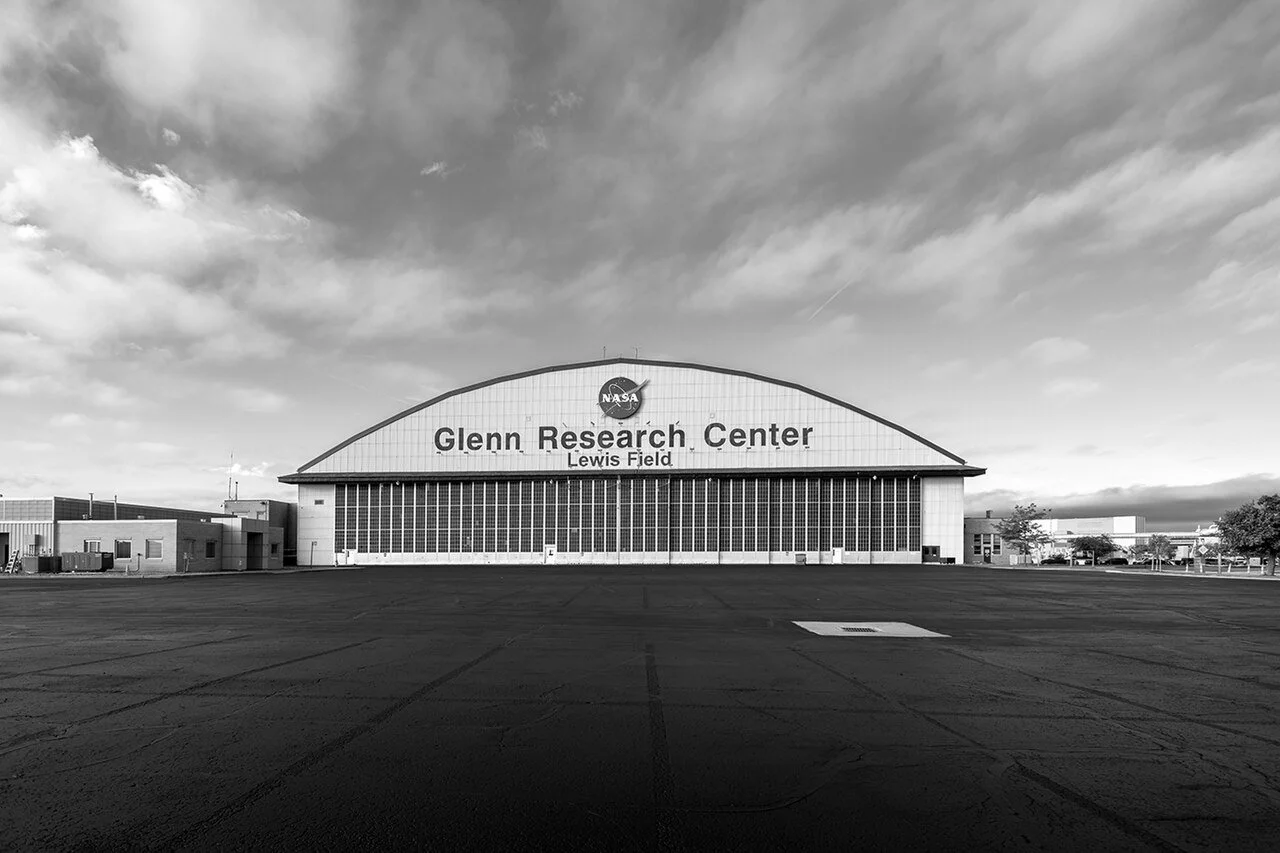Not Just to the Moon and Back
How NASA’s metal alloy could change the way we think about aerospace engineering.
NASA has made a new metal alloy called GRX-810. This is monumental in NASA’s mission to advance aerospace technology to go beyond the solar system. It could lead to a whole new era of exploration, allowing spaceflight to go farther than ever before in more ways than one.
After numerous expensive, brittle metal alloys, NASA developed GRX-810. For years, scientists have tested multiple materials. They then found one that will last both in flight and in the history books.
“We used different elements, adding different amounts of each, and looked at the properties each iteration had,” materials engineer Tim Smith said in a NASA Spinoff article. “We were also trying to develop new manufacturing techniques to incorporate nano-oxides into a metal when you 3D print.” The particles of the alloy made of chrome, cobalt, and nickel are put into a machine that shakes them to coat those particles in a type of nano-oxide to make sure they do not come apart.
GRX-810 is made especially for 3D printing rather than having to be remade to fit the 3D-printing format. They did this using computer models that they experimented with in simulations. It’s faster and less likely to fall apart during the 3D printing process.
“The nanoscale oxide particles convey the incredible performance benefits of this alloy,” deputy project manager Dale Hopkins said in a NASA article. “Previously, an increase in tensile strength usually lowered a material’s ability to stretch and bend before breaking, which is why our new alloy is remarkable.”
It can also withstand temperatures of up to 2,000 degrees Fahrenheit and is more durable and flexible than other alloys. When exposed to an average spaceflight environment, GRX-810 showed more durability than other nickel alloys, lasting longer when combusted within the rocket engines, and ultimately, resulting in a longer space trip.
The company Elementum 3D is a large producer of GRX-810.
“Initial tests done on the large-scale production of our GRX-810 alloy showed a lifespan that’s twice as long as the small-batch NASA produced, and those were already fantastic,” chief technical officer Jeremy Iten said in a NASA Spinoff article.
GRX-810 is being used to make parts for planes and spacecraft, and with more efficiency.
“We can now produce new materials faster and with better performance than before,” Smith said.
If GRX-810 is used in aerospace engineering, it could cause less harm to the environment and use less fuel. It would also ultimately cost less money, because it requires less maintenance than traditional plane and rocket engines.
NASA is also working on further developing GRX-810 for use by other industries and producers.
“New types of stronger and more lightweight materials play a key role as NASA aims to change the future of flight,” Hopkins said.
The research and advances made on GRX-810 could serve as a model for future alloys, enabling even greater developments to come.



